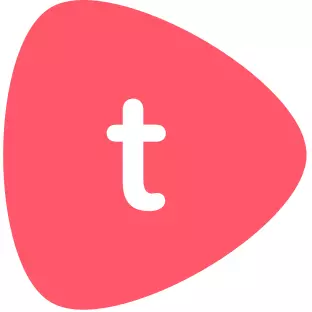The Higher Level Essay is not required for standard-level courses. It is a 1200-1500 word essay that examines one literary work of non-literary body of work studied in the course. Students will base their analytical essays in a lines of inquiry which they have developed. Teachers will give students general feedback once a complete draft of the essay has been completed. Final revisions are the responsibility of the student. The HL Essay is externally assessed.
The Goal: Defining Superior Performance
Below you will find the rubric language used to define superior student performance with respect to each of the four criteria. The HL Essay is usually completed during the final third of a two-year sequence of learning. By the time they are revising their HL Essays, your students will have acquired high-level skills is reading, critical thinking, and formal argumentative writing. Your role in supporting your students for this assessment will be in helping them define an appropriate line of inquiry for a literary analysis essay of this depth and length. You can download one-page copy of the complete rubric here.
Superior Performance: HL Essay Exemplar
This Higher Level Essay focuses on a literary work: Gabriel Garcia Marquez’ Chronicle of a Dead Foretold. Read the initial draft here. The student receives feedback in video format. The video can be viewed here. The final draft of the paper can be accessed here.
Exemplar Draft: Written Annotations
HL Essay: Preparation Workflow
Your students should draft their Higher Level Essays when the course is 75% completed. You will only have one opportunity for feedback, so it’s important that your students produce high-quality drafts. You should take a careful look at their lines of inquiry and thesis statements before they sprint in their wrong direction drafting their essays. Two Toddle slide decks will help your students move in the right direction. Lines of Inquiry can serve as a general introduction to the task. It also offers a deep examination of what for many students is a tricky concept: lines of inquiry. The other resource, Formal Academic Writing, will help you and your students feel secure in the knowledge that the writing their doing is actual literary analysis.
HL Essay: Reading
Every literary work and non-literary body of work studied in class is a potential focus for any student’s Higher Level Essay. As you move through your syllabus, you’ll want to remind your students of this fact. Open-ended writing assignments in the Learner Portfolio are an excellent tool for this. Several times during the study of each work, students should be exploring possible lines of inquiry.
Possible thinking and writing prompts:
- What aspects of this work are worth careful consideration and analysis?
- Where is the energy in this work? Does this energy align with one of the seven concepts?
- If I had to write a lengthy essay examining an aspect of this work right now, this very minute, what would I write about and why?
- Select a quote from today’s reading. Can you connect the quote with a specific authorial or stylistic choice? Can you connect the quote to a big idea or question? Can you connect to the quote to one of the seven concepts?
HL Essay: Critical Thinking
The most important critical thinking for the High Level Essay concerns the line of inquiry. The HL Essay is a 1200-1500 word focused analytical argument organized around a student-generated line of inquiry. What is a line of inquiry? One way to understand it is to see it as a set of related questions focused on how meaning is constructed in a single literary work or in a single non-literary body of work. You can examine 36 different non-literary bodies of work here. The seven concepts are an excellent place to start brainstorming possible lines of inquiry. See below for an example of how a student can use questions to define a line of inquiry focusing on a literary work. The student is interested in Persepolis and identity.
Eventually, a line of inquiry will arrive at a specifically contextualized examination of authorial or stylistic choice. When a student can connect this level of analysis to the question that generally frames their line of inquiry, they are will positioned to write an excellent paper with a strong thesis. After all this thinking, it was possible for this student to develop the following “final” line of inquiry, stated as a question. The thesis statement is the answer to the question that represents the line of inquiry.
You can present your students with a more detailed understanding of the relationship between the line of inquiry, thesis statement, and structure of the Higher Level Essay by using this student-facing slide deck: Toddle High Level Essay: Task, Line of Inquiry, Thesis Statement.
HL Essay: Writing & Revision
After students have produced a complete draft of the essay, you are permitted to offer feedback. It’s a good idea to offer feedback in the form a video commentary. Fifteen minutes of video feedback is a powerful and efficient way to offer feedback. Use this downloadable framework to offer your student’s targeted, rubric-driven feedback. You may even choose to incorporate the rubric below into the drafting document you use to have your students write their initial drafts. In this way, they will have the rubric in front of them as they writing, acting as a clear and constant reminder of the criteria that will ultimately used to evaluate their essays.




